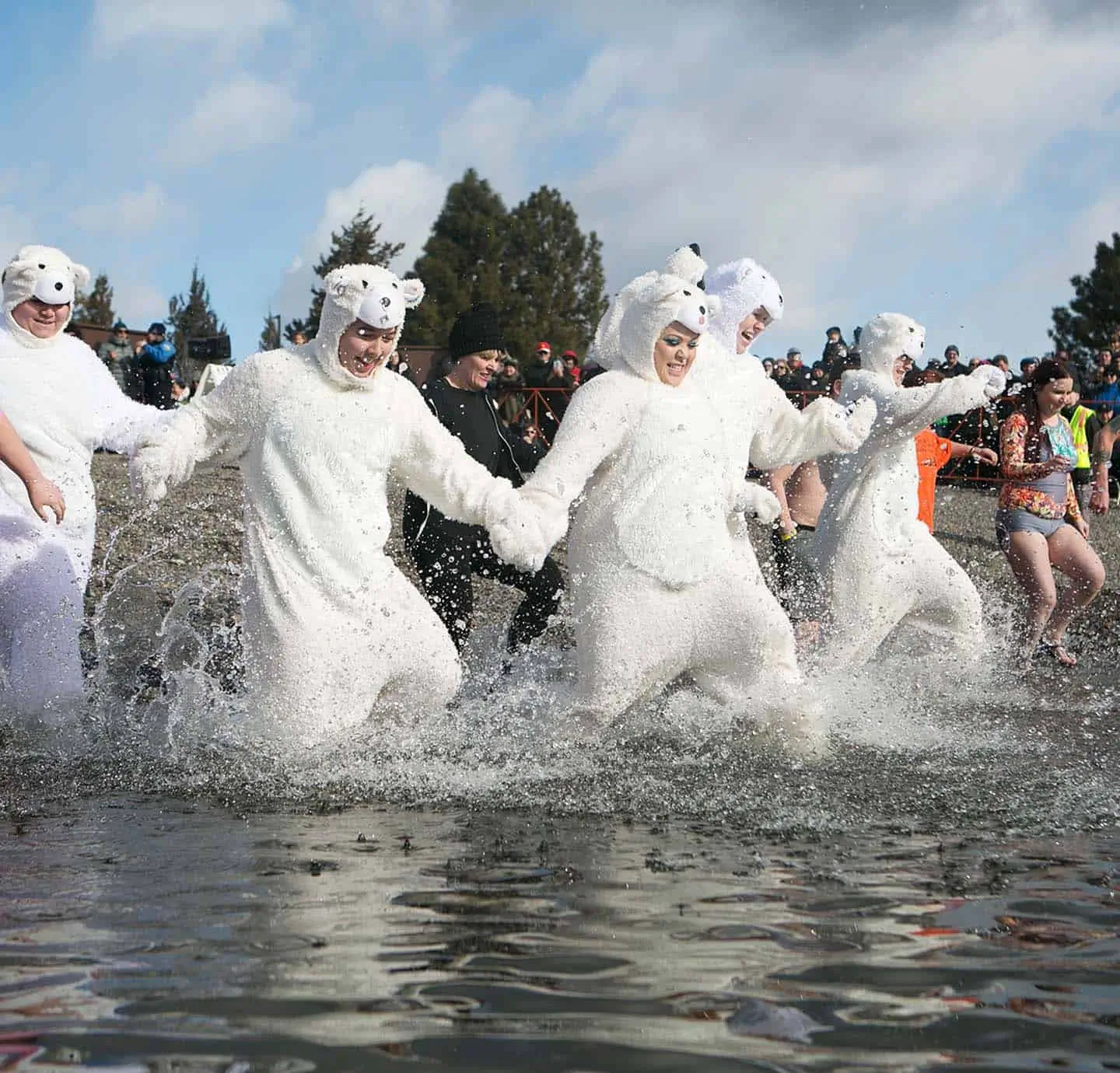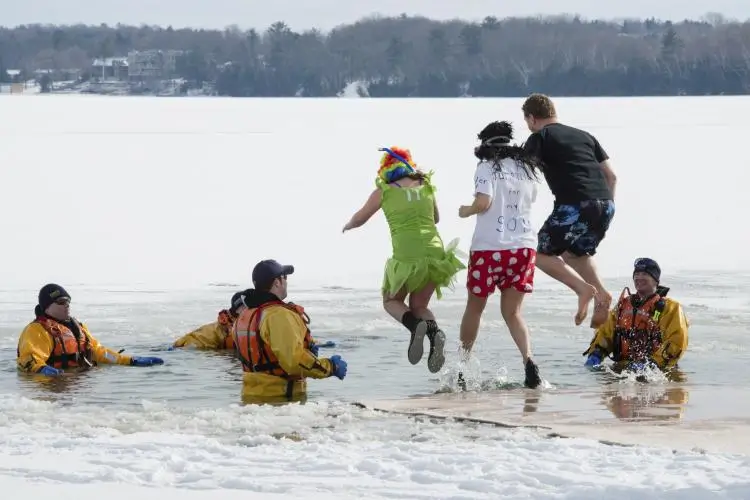Diving Into The Chill: The Fascinating World Of Polar Bear Plunge
Every year, as winter’s icy grip tightens, a peculiar tradition takes hold in various parts of the world – the Polar Bear Plunge. Braving frigid waters in the name of charity, camaraderie, or sheer thrill, participants strip down to their swimwear and leap into freezing lakes, rivers, or oceans.
Table of Contents
This seemingly bizarre ritual has gained popularity globally, attracting both the adventurous and the philanthropic. In this article, we will explore the origins, motivations, and cultural significance of the Polar Bear Plunge phenomenon.

The Origin Story:
The roots of the Polar Bear Plunge can be traced back to Coney Island, New York, where the Coney Island Polar Bear Club held its first plunge on January 1, 1903.
This pioneering event set the stage for a tradition that would spread far beyond the city’s borders.
Since then, similar events have sprung up in different countries, with participants ranging from intrepid individuals to organized groups and even celebrities.
Motivations Behind the Plunge:
One might wonder why anyone would willingly subject themselves to the shock of icy waters, especially during the coldest months of the year.
The motivations behind the Polar Bear Plunge are as diverse as the participants themselves. For some, it’s a personal challenge, a way to test their resilience and conquer fears.
Others see it as a unique and invigorating start to the new year, a symbolic cleansing of the past and a fresh beginning.
Charitable Endeavors:
One of the most significant aspects of Polar Bear Plunges is their association with charitable causes. Many events are organized as fundraisers, with participants seeking sponsors to donate money to a designated charity.
The combination of the daring act and the philanthropic element adds a deeper layer of meaning to the icy plunge, transforming it from a personal challenge to a collective effort for a greater good.
Charities benefiting from these plunges often include organizations addressing issues such as homelessness, health, and environmental conservation.
Global Spread and Cultural Adaptations:
What began as a quirky tradition in Coney Island has now become a global phenomenon. Countries with diverse climates, from Canada to Australia, host Polar Bear Plunges.
Some regions have put their own spin on the tradition, incorporating local customs and adapting the event to their unique cultural contexts.
For instance, in the Netherlands, the New Year’s Dive (Nieuwjaarsduik) has become a widespread tradition, attracting tens of thousands of participants across the country.
Health Benefits – Fact or Fiction?
Beyond the charitable and symbolic aspects, some enthusiasts claim health benefits associated with cold-water immersion.
Many believe that cold exposure stimulates the circulatory and immune systems, improves mood, and increases alertness.
While research on the specific benefits of Polar Bear Plunges is limited, there is a growing interest in the broader field of cold-water therapy and its potential impact on physical and mental well-being.
Environmental Considerations:
While the Polar Bear Plunge is a lighthearted and festive event for many, it’s essential to consider its potential environmental impact.
In recent years, there has been a growing awareness of the need to protect natural water bodies and their ecosystems.
Event organizers are increasingly implementing measures to minimize the environmental footprint of these plunges, such as avoiding sensitive habitats and promoting responsible waste disposal.

Conclusion:
The Polar Bear Plunge is a fascinating blend of tradition, challenge, and charity that has captured the imaginations of people around the world.
From its humble beginnings in Coney Island to its current global reach, this icy ritual continues to attract participants of all ages and backgrounds.
Whether motivated by personal resilience, a desire for a fresh start, or a commitment to charitable causes, those who take the plunge find themselves connected by a shared experience that transcends cultural and geographical boundaries.
As the tradition evolves, it remains a testament to the human spirit’s capacity for adventure, altruism, and the embrace of the unexpected.